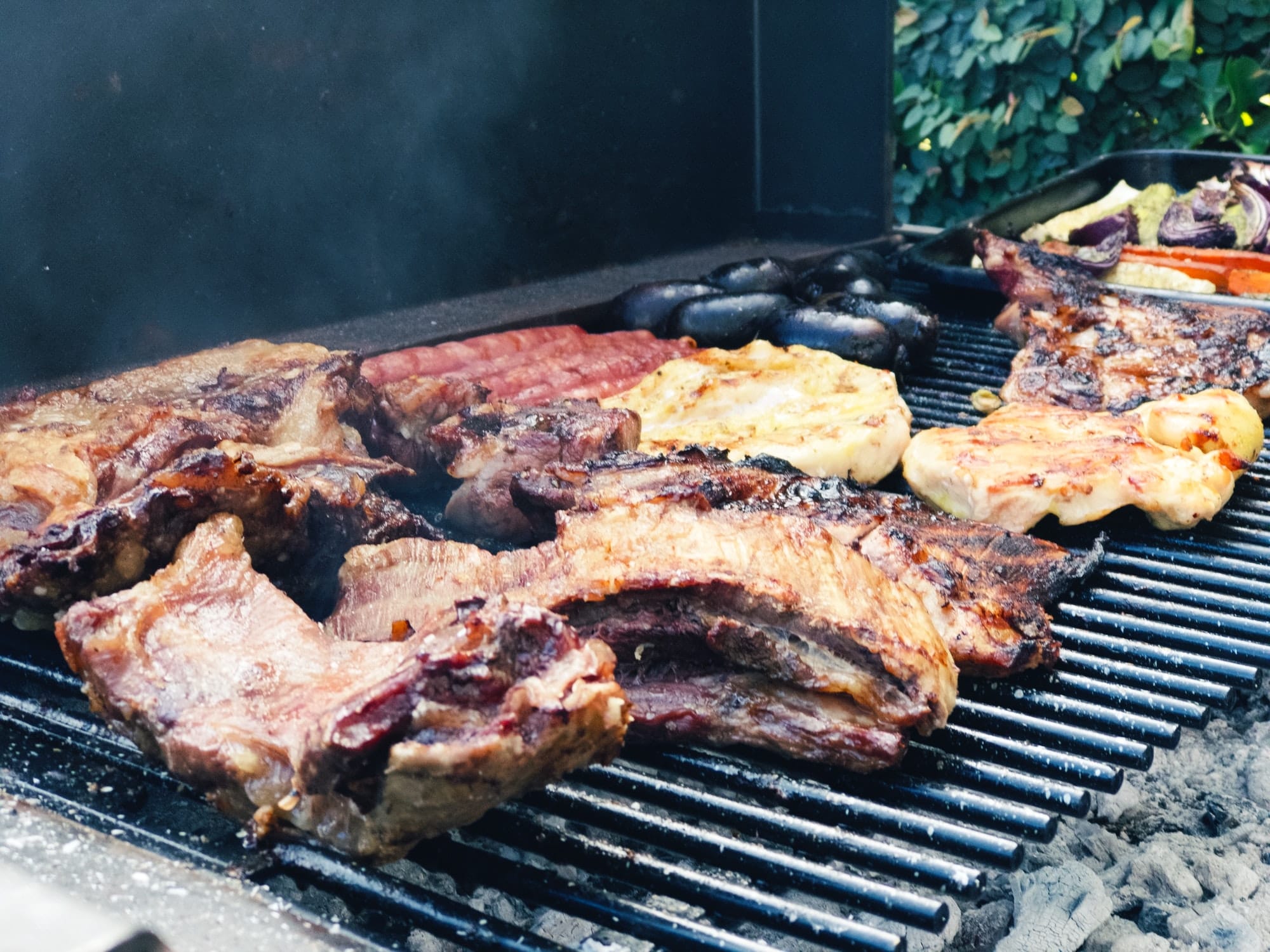Can You Replicate a Traditional Argentine Asado with Authentic Chimichurri?

Can you bring the heart of Argentina to your backyard barbecue? It’s a question worth pondering as you prepare for your next cookout. The nation’s rich tradition of asado, a barbecue style deeply rooted in its culture, is renowned for its unique flavor profiles, meticulously honed cooking techniques, and, of course, its signature chimichurri sauce. In this article, we will guide you through replicating a traditional Argentine asado and crafting an authentic chimichurri sauce that will make your taste buds do the tango!
Understanding the Argentine Asado
Before you fire up the grill, it’s essential to understand what Argentine asado is and what makes it distinct from other forms of barbecue.
Topic to read : What’s the Best Way to Prepare a Creamy Cajun Shrimp and Grits Dish?
Asado is not just a cooking method but a social event, deeply embedded in the Argentine way of life. It’s about gathering with friends and family to enjoy a leisurely meal, where the process of cooking is just as important as the food itself.
Traditionally, asado involves slow-cooking cuts of meat, usually beef, over an open flame or on a parrilla (Argentinian grill). It’s a process that requires patience and precision, with the meat often taking several hours to cook to perfection.
Additional reading : How to Cook a Flavorful Chicken Marbella with Olives and Capers?
The type of meat used in an asado varies, with beef ribs, sausages, and sweetbreads being popular choices. The meat is typically seasoned with nothing more than salt, allowing the natural flavors to shine through. The hallmark of a good asado is the meat’s tenderness and the rich, smokey flavor imparted by the open flame.
Crafting the Authentic Chimichurri
The true star of an Argentine asado, however, is the chimichurri. This green sauce is like the lifeblood of Argentine barbecue, with its bright, tangy flavors providing the perfect counterbalance to the rich, smokey meat.
The classic chimichurri recipe involves a simple but potent blend of ingredients: parsley, garlic, vinegar, red pepper flakes, and oil. Every Argentine family has its own version of chimichurri, with variations in ingredient proportions or additional components such as oregano or cilantro.
To make the sauce, you’ll need to finely chop the parsley and garlic, then combine them with the vinegar, oil, and red pepper flakes. The mixture is then left to sit for a few hours to allow the flavors to meld together. The result is a vibrant, aromatic sauce that adds a burst of flavor to every bite of meat.
Mastering the Asado Cooking Technique
The cooking technique is a crucial aspect of asado. It involves more than just slapping meat onto a grill. It requires a keen understanding of heat management, careful tending, and, above all, patience.
In Argentina, the asado is often cooked on a parrilla, a type of grill with a crank-operated grate that allows for precise heat control. The meat is cooked slowly over wood or charcoal, which imparts a distinct flavor to the meat. However, a regular grill can be used with some adjustments.
While cooking, resist the urge to constantly flip or move the meat around. Allow it to sear and caramelize on one side before turning it over. The meat should be turned only once to retain its juices and flavor.
Choosing the Right Meat and Cuts
Selecting the right meat and cuts is an essential part of a successful asado. In Argentina, beef is the meat of choice for asado, particularly cuts like ribs, flank steak, or short ribs.
When selecting your meat, look for cuts with a good amount of marbling, as this fat will render down during cooking, keeping the meat moist and flavorful. Avoid lean cuts as they can dry out quickly on the grill.
Argentinians also often include other meats and offal in their asado, such as sausages, sweetbreads, and chitterlings. These may not be for everyone, but they add variety and depth to the meal.
Remember, the key to a successful asado lies not only in the meat or the chimichurri but also in the overall experience. So, fire up the grill, gather your friends and family, and get ready to immerse yourself in the rich and flavorful tradition of Argentine asado.
The Art of Preparing Chimichurri
Arguably, the heart of the traditional Argentine asado is the chimichurri sauce. This vibrant, tangy, and slightly spicy sauce adds a flavor punch to the slow-cooked meats, making it an essential aspect of the asado experience. Here is how you can prepare an authentic chimichurri sauce at home.
Start by taking a handful of fresh parsley and finely chopping it. Authentic chimichurri is known for its chunky texture, so avoid using a food processor which can make the sauce too smooth. Next, take some cloves of garlic and chop them finely as well.
Now, combine the finely chopped parsley and garlic in a bowl. Add red pepper flakes according to your heat tolerance. Remember, chimichurri is mildly spicy, so don’t go overboard with the heat.
The next step is to add red wine vinegar. The tartness of the red wine vinegar pairs beautifully with the sharp flavors of garlic and red pepper, enhancing the overall flavor of the sauce. Then, gradually pour in some olive oil while stirring the mixture continuously. This helps to emulsify the sauce and gives it a creamy consistency.
Once all the ingredients are well mixed, season the sauce with salt and pepper to taste. Some Argentine families also like to add dried oregano for extra flavor, but this is entirely optional. Let the sauce sit for a few hours before serving to allow the flavors to infuse properly.
Conclusion: Embracing the Argentine Grilling Tradition
Replicating a traditional Argentine asado might seem like a daunting task, but with a little patience and practice, you can bring a piece of Buenos Aires to your backyard. Remember, the essence of an Argentine asado lies not only in the meat or the chimichurri but also in the communal experience it brings.
From understanding the mechanics of the traditional parrilla to selecting the right meat cuts and mastering the art of the chimichurri recipe, every step contributes to the final result. So, gather your friends and family, fire up the grill, and immerse yourself in the rich tradition of Argentine grilling.
After all, as Jason Pittock, a renowned Argentine grilling expert, once said: "The heart of the Argentine asado is not in the fire, but in the people who gather around it." So, don’t forget to enjoy the process, share a laugh, and savor each bite as you embark on this culinary journey. Whether it’s your first time trying Argentine asado or you’re an experienced griller, you’re sure to come away with a whole new appreciation for this age-old tradition.
Next time you’re planning a barbecue, why not ditch the usual burgers and hot dogs and embrace the Argentine way of grilling? Your guests will be wowed by your cooking prowess and the unique, smoky flavors of an authentic Argentine asado. Happy grilling!
